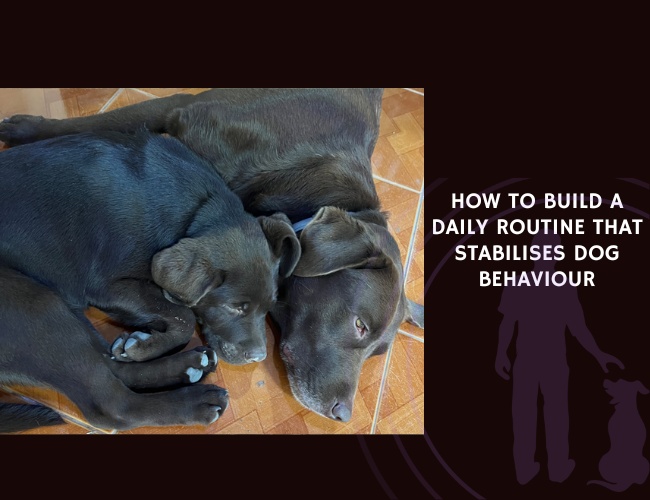Domestication has long been thought to alter how dogs regulate their arousal compared with wolves, particularly in their relationships with humans. A 2020 study published in Frontiers in Psychology examined how wolves and dogs, raised and kept under equal conditions, responded during resting states when alone, with conspecifics, or with a familiar human present.
The research team, led by Hillary Jean-Joseph, measured heart rate (HR) and heart rate variability (HRV) in six wolves and seven dogs during two low-arousal states: deep resting and inactive wakefulness. The aim was to test whether domestication produced general differences in autonomic nervous system (ANS) regulation, or whether effects were more subtle and context-specific.
Results showed that both wolves and dogs were more aroused when alone, with higher HR and lower HRV, compared to being with pack members or familiar humans. Crucially, dogs were more relaxed than wolves when resting near a familiar human, but this difference disappeared during inactive wakefulness. In other words, the calming influence of humans on dogs was strongest during deep rest, but less so when dogs were awake yet inactive.
These findings suggest that domestication did not produce sweeping differences in arousal regulation between wolves and dogs, but rather subtle, context-dependent responses. The ability of familiar humans to reduce dogs’ physiological arousal during rest may represent one of the nuanced ways domestication has shaped the human-dog bond.
Source: Jean-Joseph, H., Kortekaas, K., Range, F., & Kotrschal, K., Frontiers in Psychology, November 24, 2020. https://doi.org/10.3389/fpsyg.2020.586380










